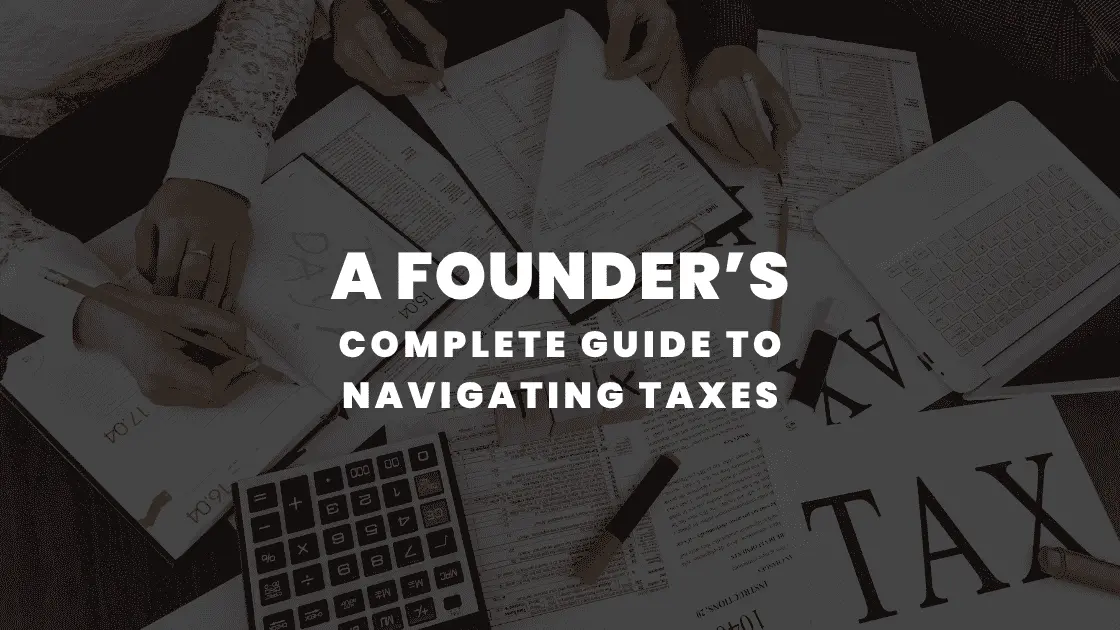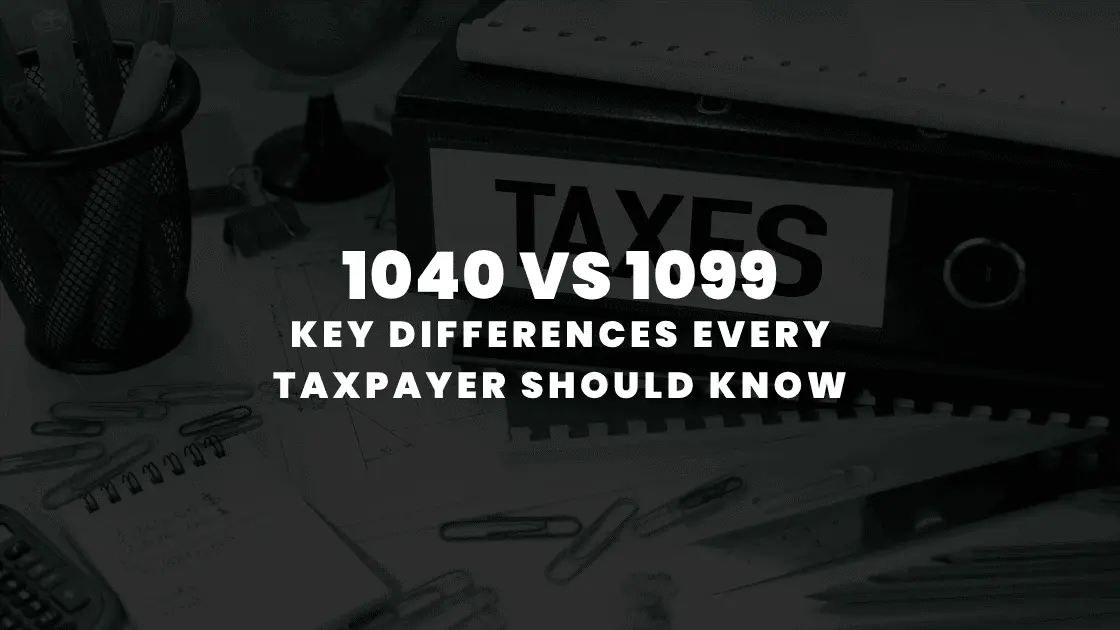March 15 2025 | By Raza Agha | 8 minutes Read

What Is IRS Form 982?
Who Needs to Fill Out Form 982?
Step-by-Step Guide: How to Fill Out Form 982
Step 1: Gather Your Documents
Step 2: Fill Out Your Basic Information
Step 3: Section 1 – Debt Canceled
Step 4: Section 2 – Exclusions
Step 5: Section 3 – Special Rules
Step 6: Review and Attach Supporting Documents
Common Mistakes to Avoid When Filling Out Form 982
When to Seek Professional Help
Final Thoughts
Filling out tax forms can seem like a daunting task, especially if you’re not familiar with the process. But don’t worry, if you’ve recently had debt forgiven, Form 982 might be a key document for you, and I’m here to walk you through it. If you’re asking yourself how to fill out Form 982, this simple guide will break it down step by step, with everything you need to know about using this form to report debt cancellation and claim any potential tax benefits.
Before we dive into the steps, let’s quickly touch on why you might need to file Form 982.
IRS Form 982 is a tax form used to report the cancellation of debt. Typically, when a creditor forgives or cancels your debt, the IRS treats it as income. This can lead to an increased tax liability since canceled debt is often considered taxable. However, certain circumstances, such as bankruptcy, insolvency, or qualifying for other exclusions, may allow you to exclude the canceled debt from your taxable income. Form 982 helps you navigate these exclusions.
In short, Form 982 is used to inform the IRS that you are excluding certain canceled debts from your gross income, preventing it from being taxed.
You’ll likely need to fill out Form 982 if you’ve had debt forgiven and want to ensure that the canceled amount doesn’t negatively impact your tax return. Here are a few situations where Form 982 could come into play:
Now that you have a general understanding of what Form 982 is and why it’s important, let’s walk through how to fill out Form 982 in simple terms.
Before you start filling out the form, gather the following documents:
Once you have everything in hand, you’re ready to begin!
The first step in filling out Form 982 involves entering your personal and identifying information. It’s essential to get this right because it ensures the IRS can properly match the form to your tax return. Here’s a breakdown of what you’ll need to complete in this section:
These fields are generally easy to fill out, but take extra care to double-check the accuracy of your personal information. If the IRS cannot identify you or your tax return due to an error in these details, the form may be rejected, and you could face delays in processing.
Section 1 is the part of the form where you report the actual amount of debt that was forgiven. This is a crucial step because the IRS will use this figure to determine if you owe taxes on the canceled debt or if you qualify for exclusions. Here’s how to go about it:
1. Enter the Canceled Debt Amount
This is where your Form 1099-C comes into play. If your creditor forgave your debt, they should have sent you a Form 1099-C. This form will list the exact amount of debt that was canceled and the date it was forgiven. Make sure you use this number when filling out Section 1 of Form 982.
The IRS requires that you input the exact amount of debt that was forgiven, as reported on Form 1099-C. Don’t round up or down; the form needs to reflect the precise figure.
2. Other Debt Forgiveness Sources
If you were forgiven debt outside of the typical creditor-debt relationship (such as in the case of student loan forgiveness, mortgage modifications, or other unique situations), make sure to document it thoroughly. You may need to include any supporting documentation from the creditor or lender to validate the debt cancellation.
3. Amount of Debt Canceled in Prior Years
In some cases, debt that was forgiven in prior years could be relevant if you are revisiting your tax return or adjusting previously filed information. Ensure to carefully review whether any canceled debt in prior years needs to be included here. Most of the time, you’ll only report canceled debt for the tax year you are filing for, but it’s always worth checking to be sure.
4. Double-Check the Amount
It’s easy to overlook a minor detail, but this section is critical. You’ll need to ensure that the debt forgiveness amount is accurate, as any mistake could lead to an incorrect tax return or an audit. If you’re unsure about the amounts or if multiple debts were forgiven, consider breaking them down individually and reviewing each one for accuracy.
Section 2 is where you’ll claim the exclusions that apply to your situation. This is the key part of the form, as it will determine if any of the canceled debt can be excluded from your taxable income.
Here are some of the main exclusions you can claim in this section:
If none of these exclusions apply to you, you might not need to fill out the rest of this section.
In Section 3, you’ll report if any special rules apply to your situation. These rules include things like disqualified income exclusions or situations where you’ve previously excluded canceled debt and later had to include it back in your income.
This section is less commonly used but is important if any of these special circumstances apply to your debt cancellation.
Once you’ve completed the form, double-check everything. You don’t want to submit incomplete information to the IRS. Ensure you’ve included any required supporting documents (Form 1099-C, bankruptcy documents, insolvency calculations, etc.) with your submission.
While the process is fairly straightforward, it’s easy to make mistakes, especially when it comes to reporting the correct amount of canceled debt or incorrectly claiming exclusions. Here are a few things to keep in mind:
Filling out Form 982 can be relatively simple if your situation is clear-cut. However, if you’re dealing with more complicated issues (e.g., insolvency calculations, multiple debt cancellations, or other unique circumstances), it might be wise to consult with a tax professional. They can help ensure you’re filling out the form correctly and taking full advantage of any exclusions available to you.
Learning how to fill out Form 982 can help you navigate the complexities of canceled debt and ensure you don’t face an unnecessary tax burden. Whether it’s credit card debt, mortgage debt, or debt forgiven through bankruptcy, this form helps you report those cancellations and claim exclusions that may reduce your taxable income.
Remember, gather all your documentation before you start, follow each step carefully, and consult a professional if needed. Filing Form 982 correctly could save you a significant amount in taxes, so it’s worth taking the time to get it right.
Subscribe for business tips, tax updates, financial fundamentals and more.
MORE BLOGS

Starting a business is exciting, right? There’s innovation, there’s growth potential, and the thrill of building something from scratch. But amid all the planning, entrepreneurs often […]
Learn More →
Starting a business is quite thrilling, until tax season arrives. For founders, understanding the nitty gritty of startup taxation can make a difference between financial efficiency […]
Learn More →
Tax season can be overwhelming, especially when you’re staring at multiple forms with numbers instead of names. Two of the most common, and often misunderstood, are […]
Learn More →